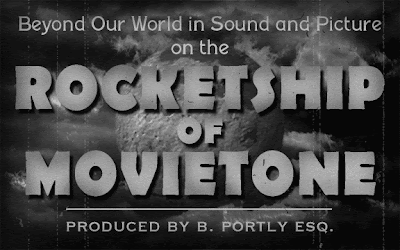They can sometimes be seen along the space ways and at port: black ships, sleek, angular and glinting like an obsidian blade. Their crews are small; often only the master of the vessel and his slave daemons or bioroids are aboard. They do not come to trade or to meet other species. These dead men, these Necromancers, have other concerns.
Tall and cadaverous, the Necromancers are of a near human bioform. They appear to be lacking in biologic processes--except perhaps decay, slowed by the black nanosuits they wear. Though they don’t live in the usual sense, they do use energy; nanites infuse their tissues, reanimating them. But the bodies break down, after centuries--or millennia perhaps. Then their intelligences, held in palm-sized scarabae, can attach themselves to the nervous system of a new host.
There are a lot of stories told about the Necromancers: that they have magical powers or that they’re ultraterrestrials or qlippothic entities from a previous universe. The most credible theory holds they are the guardians of an ancient culture: A culture which committed mass suicide to avoid some sort of cataclysm, with a plan to resurrect themselves in a future time. Their bodies were interred in tomb worlds and their minds uploaded and conveyed through a wormwhole to a secure data underworld. The Necromancers were their people's psychopomps and were to be their resurrectors.
Something went wrong. The underworld was lost. The Necromancers search for them still, dealing with any being that might be able to help them--and destroying any that stand in their way.
AC: 3 or better
No. Appearing: 1-2
Hit Dice: 5
Movement: 20'
Saving Throw: 13
Attack Bonus: +7
Damage: 2d8 energy weapon or better
Morale: 10
Skill Bonus: +4
Hit Dice: 5
Movement: 20'
Saving Throw: 13
Attack Bonus: +7
Damage: 2d8 energy weapon or better
Morale: 10
Skill Bonus: +4












crop.jpg)











































